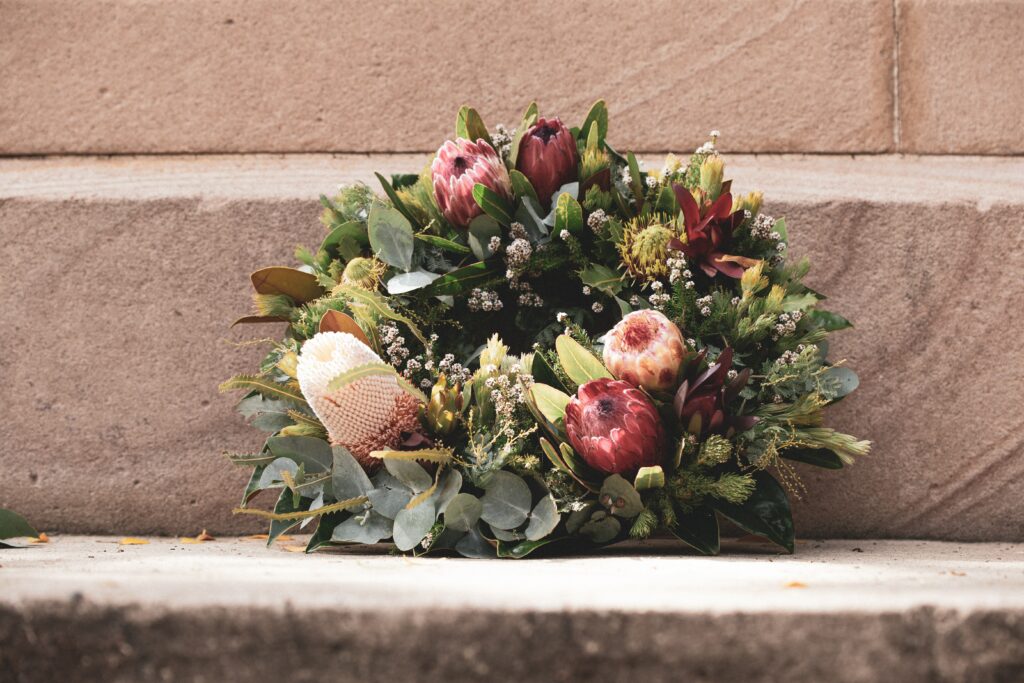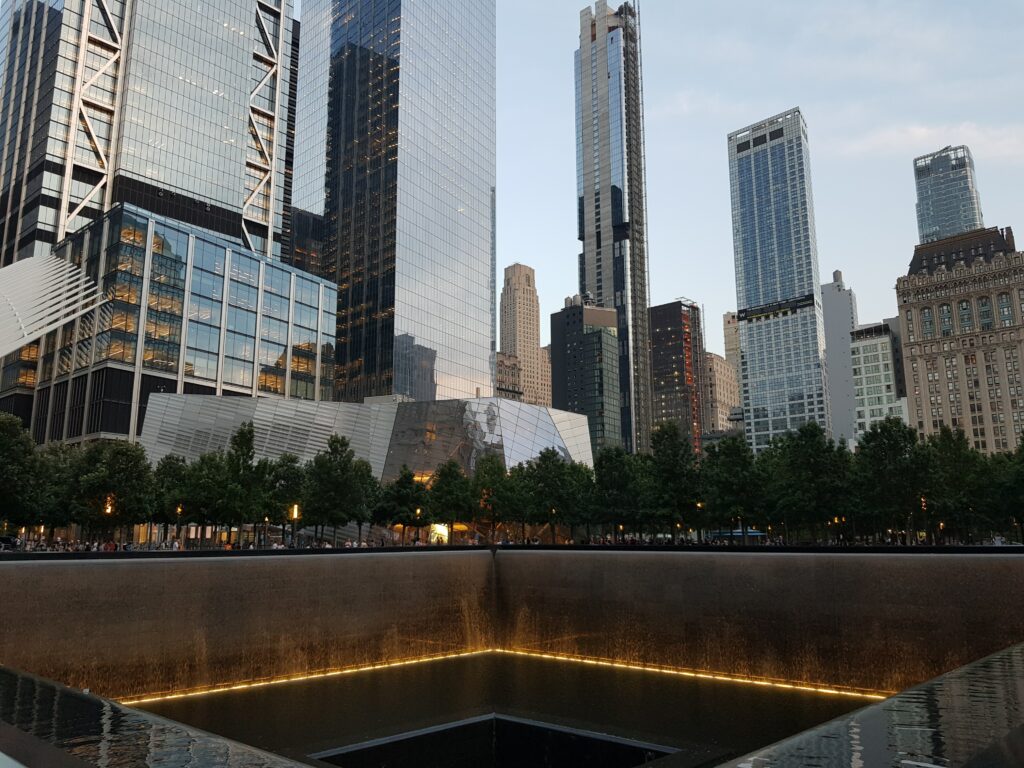Introduction: A snowball -discussion: What are sites of memory?
This activity is planned for a group of at least 6 students. It follows the snowballing principle: starting from individual reflections, the group to discuss something becomes bigger with each activity. This way learners can draw from their personal reflections while developing an understanding fro complex concepts.
Activity 1: Personal reflection
- Are there any places or spaces in your personal life that are relevant for remembering something or someone from your past? For example: the place we had our first date; my grandpas favourite sitting place.
- When you think about this place: is it only relevant to you? To your family? To a group of friends? To your colleagues?
- What do you do to keep the memory of this someone or something alive? For example: go there on anniversaries, bring flowers, share pictures on social media.

Activity 2: Partner discussion
Share your examples. Discuss what is
- A site of memory
- A social group
- A tradition or ritual
Activity 3: Small group discussion: The 9/11 memorial

Look at the 9/11 memorial. You can go to their website or use Google to find pictures.
- Describe how the memorial looks in detail.
- What do you think it feels like to go there?
- What is the social group that is creating this site of memory?
- How is the memory of this site kept alive?
- Is the memorial different from other memorials you know?
Activity 4: Plenary discussion
Share your learnings in plenary.
Activity 5: Counter memorials
The instructor shows pictures of different memorials. There is a difference between a traditional memorial and a memorial like the 9/11 memorial. James E. Young defined these at counter-memorials. What differences can we see and experience? Do you know other examples for traditional or counter-memorials?
Activity 6: Definitions
Write your definition for a site of memory on a piece of paper. Share it with the group and pin it on a wall.